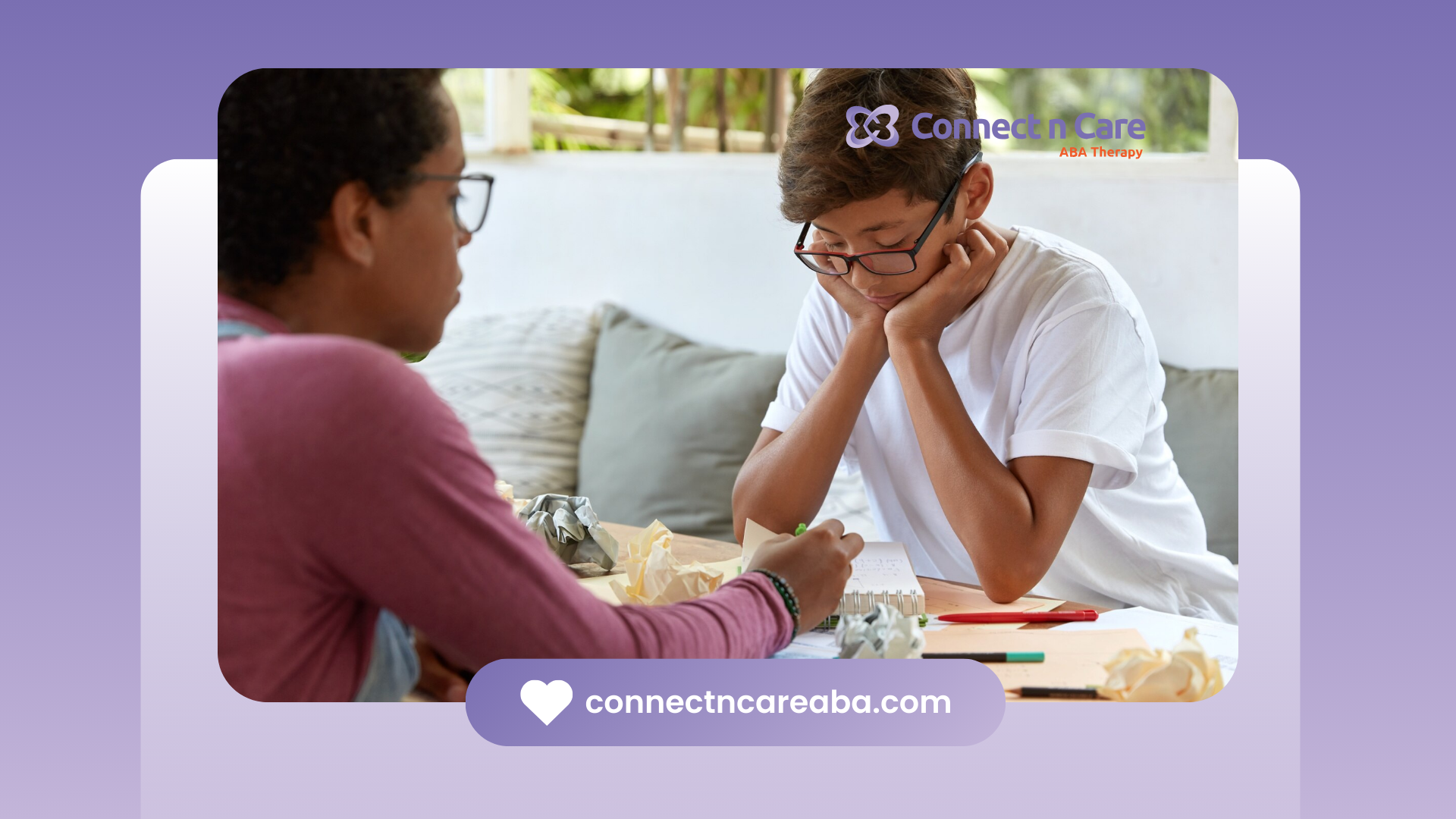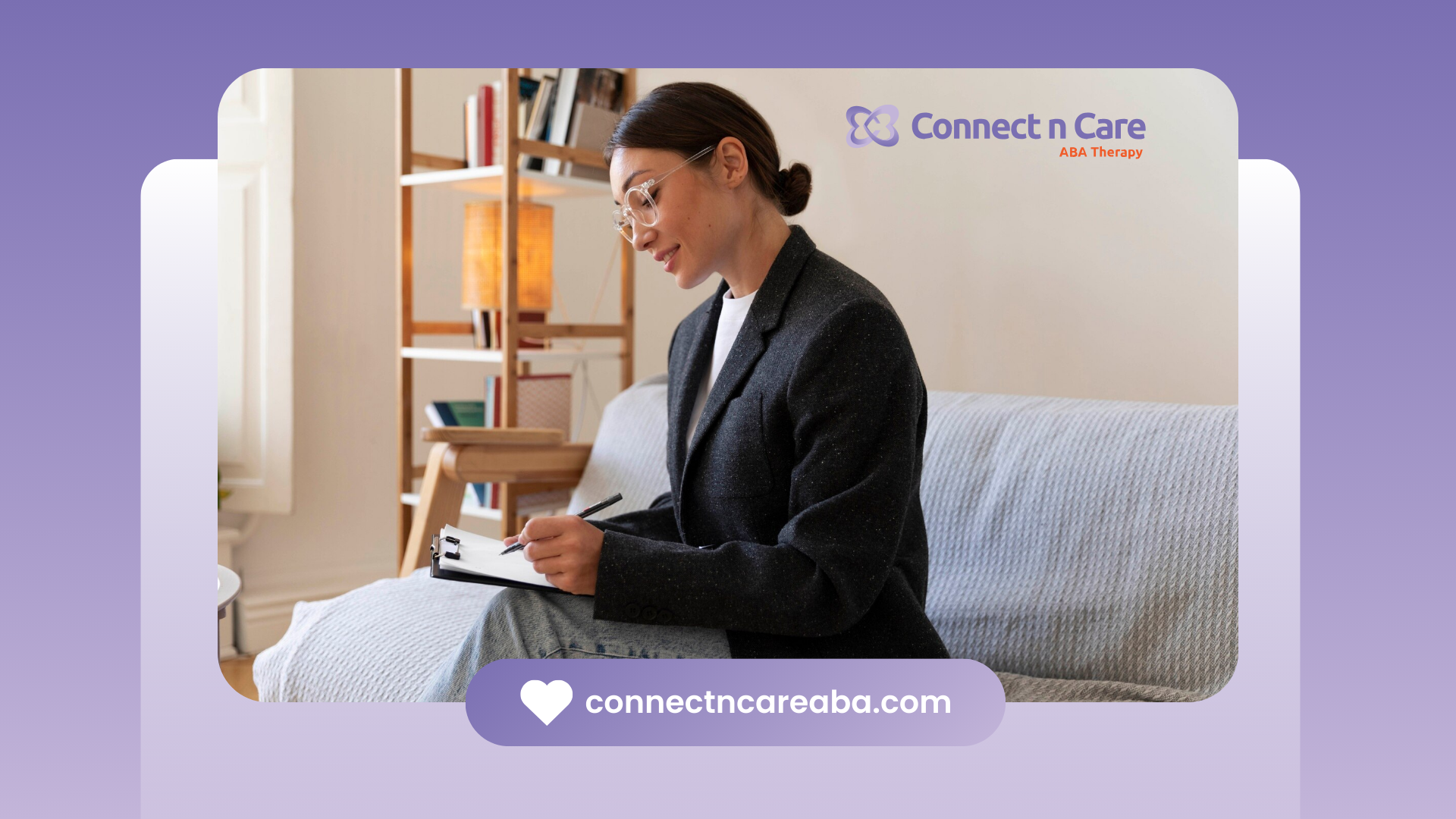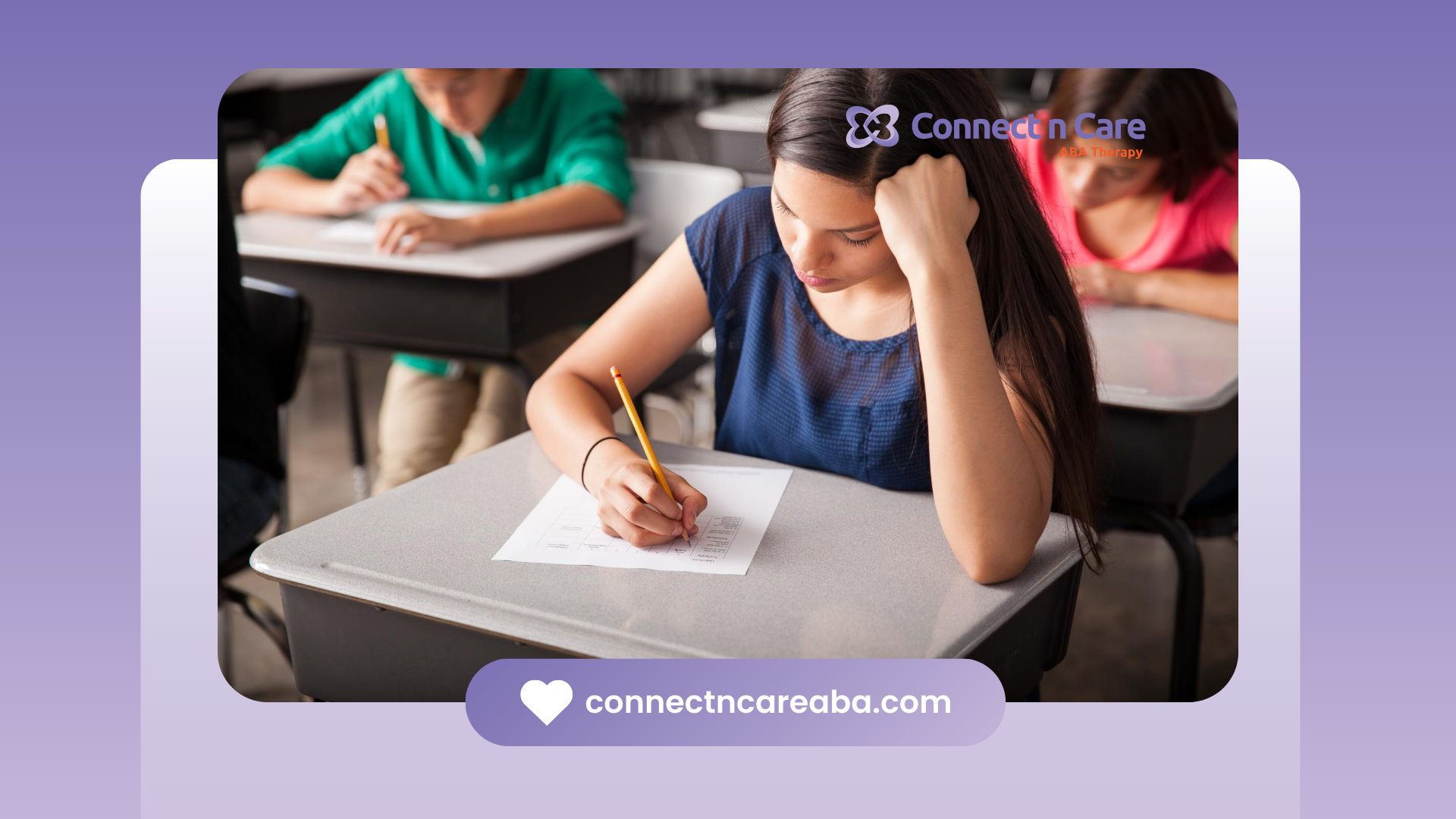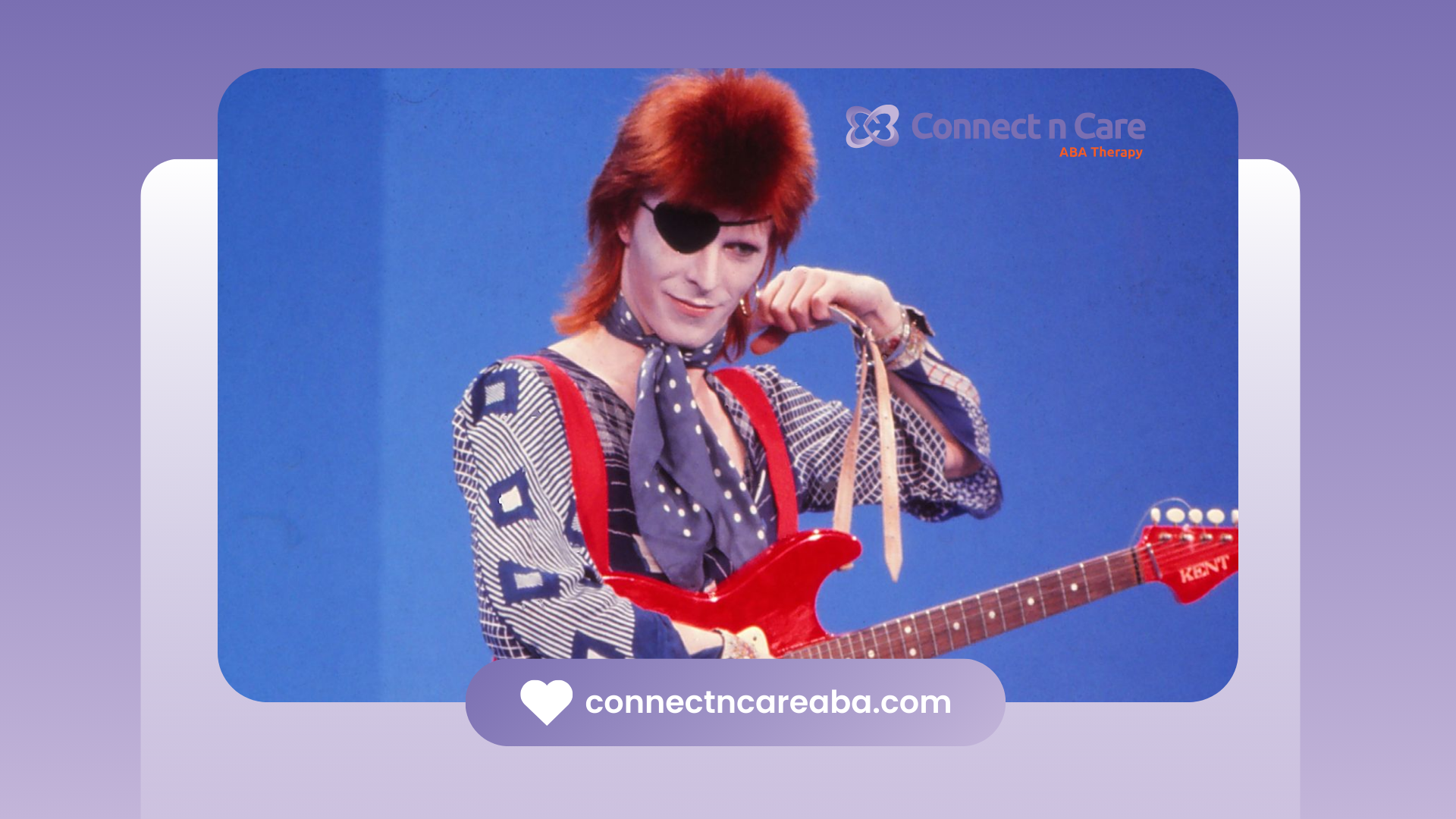Applied behavior analysis (ABA) is a well-known therapy for children with autism and developmental disabilities. It focuses on understanding and changing their behavior using different techniques. Some of these techniques include early intervention and behavior analysis.
Child-led ABA is a special approach that is part of ABA therapy. It highlights the child's interests and motivations during therapy. This way, the learning environment becomes more enjoyable and natural for the child.
Understanding Child-Led ABA
Traditional ABA often uses structured teaching methods like Discrete Trial Training (DTT). This helps break down skills into smaller, easier steps. While this method can be effective, it might not engage every child.
In contrast, child-led ABA takes a different path. It focuses on the child's natural environment and what interests them. Instead of choosing the activities, therapists let the child lead. For example, if a child likes building blocks, the therapist can use those blocks to work on social skills or communication skills. By using what the child enjoys, child-led ABA makes therapy more fun and motivating. Natural environment teaching plays an important role in this method.
Principles of Child-Led ABA
One important idea of child-led ABA is using the child's interests to help them learn. By watching what excites a child—like certain toys, fun activities, or favorite topics—therapists can create ABA treatment plans that are more interesting. This way of learning helps children enjoy education more and helps the therapy work better.
Also, child-led ABA focuses on positive reinforcement. When a child is happy and involved in learning, their success becomes its own reward. Therapists and caregivers can support good behaviors by giving praise, letting them do favorite activities, or providing small rewards. This helps build the skills and behaviors the child should learn. In the end, this method leads to better and longer-lasting behavior change in children.
Comparing Child-Led and Traditional ABA Approaches
While both child-led and traditional ABA aim to teach new skills and reduce problem behaviors, their methods differ significantly. Traditional ABA often relies on discrete trial training, a structured approach where skills are broken down and taught in a controlled setting, often at a table. This method proves valuable in teaching specific skills quickly and effectively.
Child-led ABA, however, takes a more naturalistic approach, embedding learning opportunities within the child's chosen activities and different settings. Instead of focusing solely on specific, isolated skills, child-led ABA seeks to generalize those skills across environments and situations, making them more functional in the child's everyday life.
Let's illustrate the differences further:
| Feature | Child-Led ABA | Traditional ABA |
|---|---|---|
| Setting | Natural environment, following child's lead | Often structured setting, like a table |
| Teaching style | Play-based, incorporating child's interests | Structured, often using DTT |
| Focus | Generalization of skills across environments | Teaching specific skills |
Benefits of Child-Led ABA for Independence
One of the biggest benefits of child-led ABA is that it helps children become more independent. When kids are allowed to make their own choices and start activities, they become more involved in their learning. This can lead to better self-initiation and help them feel more in control of their lives, which is very important for their growth.
Also, by making therapy fun and focused on what the child likes, child-led ABA can reduce problem behaviors that often come from feeling frustrated or bored. A positive learning environment like this helps kids do well and learn important life skills faster.
Promoting Self-Initiation and Decision Making
Child-led ABA helps kids make choices from a young age. It gives them options in a safe space, allowing them to share what they want and start interactions. For instance, a therapist may ask a child to pick between two fun activities that both help them learn a skill.
This method makes the child feel important and valued. As a result, they become more involved and eager to participate. By regularly providing choices and encouraging kids to share their needs and wants, therapists help them better advocate for themselves. This independence goes beyond just therapy. In the long run, ABA therapy seeks to give children the skills they need to make decisions and communicate well every day.
Enhancing Motivation Through Personal Interests
Motivation is key to successful ABA therapy. When kids are really interested in something, they tend to join in, learn, and remember better. Child-led ABA uses this idea by adding the child’s personal interests into each session.
For example, if a child likes dinosaurs, the therapist might bring in dinosaur toys to teach counting, colors, or social skills. Likewise, if a child loves trains, they may learn about cause and effect or problem-solving using toy trains and tracks. By mixing learning goals with favorite toys and activities, ABA therapists make sure that learning stays fun and exciting. This helps improve the child’s natural motivation.
Implementing Child-Led ABA at Home and in Therapy
Implementing child-led ABA works best when parents and therapists work together. Parents can help create a supportive home setting. They can do this by looking at their child's interests and adding them to daily routines. Therapists help by designing personalized plans and giving advice to parents.
Good communication between parents and therapists makes sure that ABC therapy stays consistent and meets the child's changing needs. This teamwork, based on child-led ABA practices, helps the child grow and become more independent.
Child-led ABA focuses on fostering independence by following a child’s interests and strengths, creating a more engaging and personalized learning experience. If you’re searching for in home ABA therapy near me, connecting with professionals who specialize in this approach can provide tailored strategies to help your child thrive in a familiar and supportive environment. Start exploring this empowering method today!
Strategies for Parents and Caregivers
Parents and caregivers can use some strategies to help with child-led ABA at home. First, consistency is very important. When parents use the same methods as the child's ABA therapists, it helps keep things steady and makes therapy more effective. Regular talks with the ABA therapists help keep this consistency.
Next, using positive reinforcement every day can encourage good behaviors. Instead of just pointing out what the child does wrong, parents should recognize and praise their attempts and achievements. This positive way builds a warm and encouraging space for the child to learn and grow. Remember, reinforcement can be more than just rewards; honest praise and support can greatly influence behavior.
Lastly, it's important to be attentive to the child's needs and interests. By allowing the child to choose and start activities, parents help them become more independent and build confidence, which are important life skills.
Role of Therapists in Supporting Child-Led Activities
ABA therapists have an important job. They help children with activities that the children lead. They look at what interests a child and what they are good at or need to improve. Based on this, therapists create special plans that follow the ideas of child-led ABA.
Therapists help set up activities that help kids learn new things. They do this while letting the child explore on their own. They provide the right support to make sure that each activity helps the child learn in a meaningful way.
Additionally, therapists team up with parents and caregivers. They share knowledge and tools so families can keep doing child-led activities at home. This teamwork makes sure that the child gets steady support in different settings. It helps them grow to their full potential.
Conclusion
Child-Led ABA helps kids become independent by using personal methods. It focuses on encouraging children to start activities based on their own interests. This approach helps them make better decisions, which is important for success in life. Parents and caregivers are key in supporting Child-Led ABA at home, creating a loving space for kids to grow. Therapists also help by guiding and supporting these activities, making sure they fit each child's needs. Using Child-Led ABA not only makes kids more independent but also builds their confidence and power. If you want to start Child-Led ABA, talk to our experts for help and advice.
Connect n Care ABA in North Carolina is redefining autism support with their child-led ABA approach. By focusing on each child’s interests and strengths, their expert team fosters independence and self-confidence in a supportive and engaging way. Ready to empower your child’s growth and autonomy? Reach out to Connect n Care ABA today and discover how personalized care can make all the difference!
Frequently Asked Questions
What is the difference between child-led ABA and traditional ABA?
The main difference is in how ABA treatment works. Traditional ABA usually teaches specific skills in a set way. On the other hand, child-led ABA uses the child's own environment and interests to inspire learning. This makes it a type of therapy that fits well into the child’s world.
How can parents support child-led ABA at home?
Parents can help with child-led ABA at home. They can do this by adding their child's interests into daily activities. It is good to offer choices and give positive reinforcement when the child shows good behaviors. Open communication with therapists is important. This way, they can make sure that the ABA strategies fit the child's needs. Parent involvement is key for child-led ABA to succeed.









